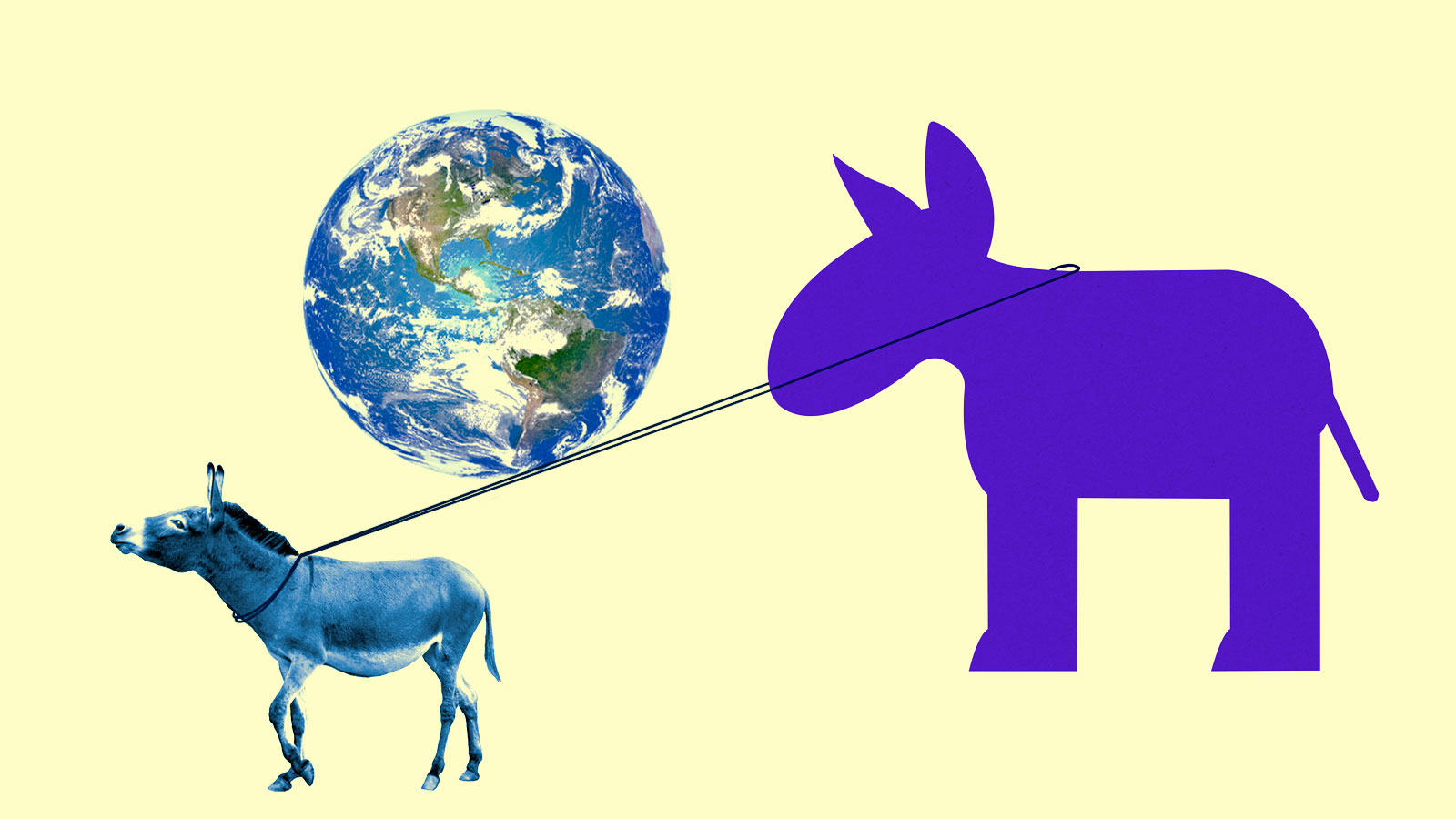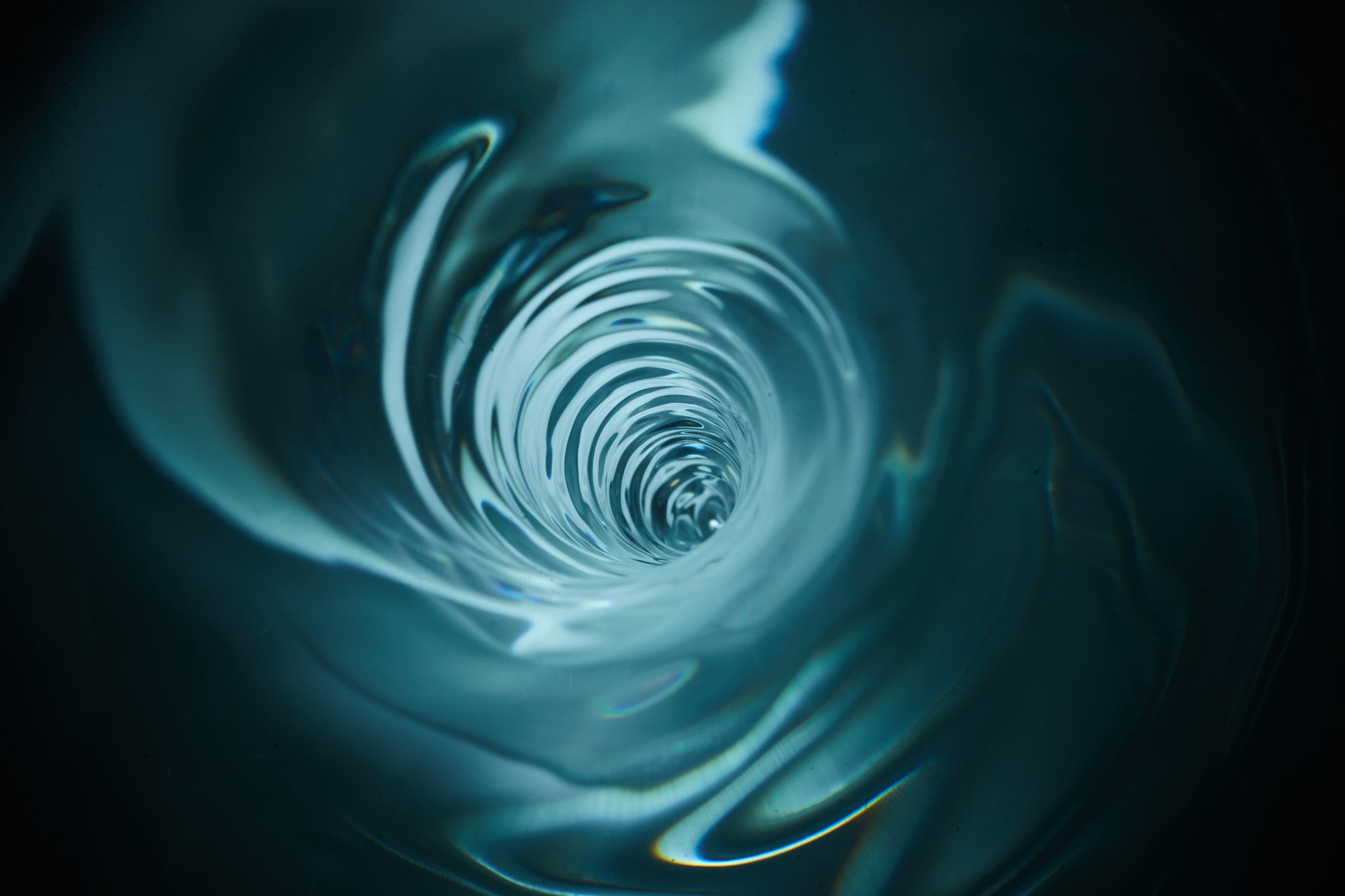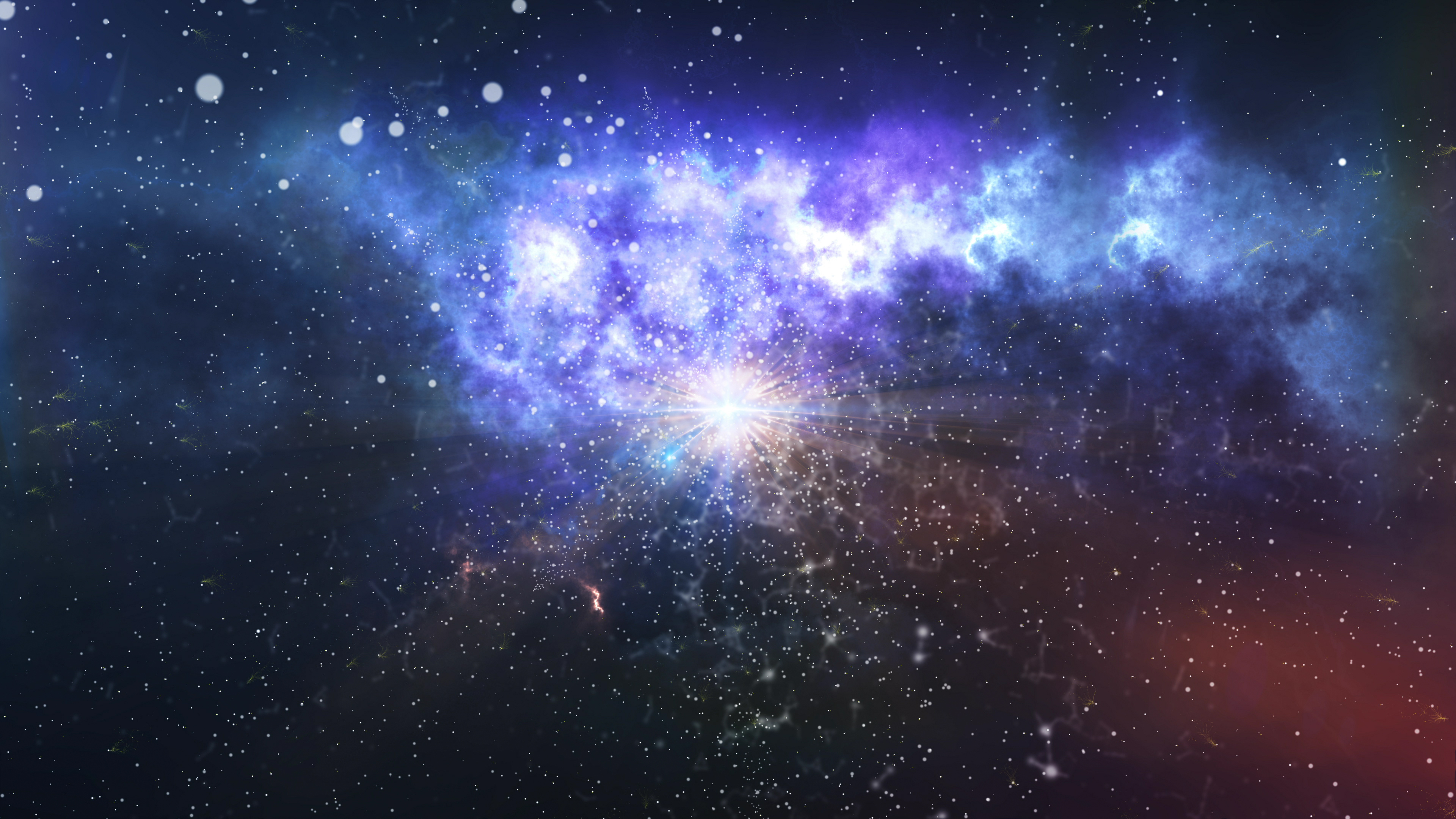
(Image credit: fitimi/iStock/Getty)
The full moon of January, called the Wolf Moon, will occur Monday, Jan. 17, at 6:48 p.m. EST (1148 GMT), according to NASA.
Moonrise in New York City is at 4:31 p.m. that afternoon, according to Time and Date. The moon will be in the constellation Virgo and rises about 24 minutes before sunset.
The full moon happens because the moon is exactly on the opposite side of the Earth from the sun. The moon looks illuminated because we see the sun’s light reflected from it, and because the moon’s rotation period is the same as its orbital period, we always see the same face of our satellite world.
Related: Best night sky events of January 2022 (stargazing maps)
The timing of the full moon is the same everywhere, since it is determined by where the moon is relative to the Earth rather than its apparent position in the sky, which is slightly different depending on one’s location. Observers in the British Isles and Portugal will see the moon become full at 11:48 p.m. local time, while those in western continental Europe will see it at 12:48 a.m. on Jan. 18. On the eastern side of Australia, the moon is full 10:48 a.m. on Jan. 18.
Since the full moon is on the opposite side of the sky as the sun, Northern Hemisphere observers will see it relatively high in the sky — essentially the moon is in the position the sun would be during the daytime in the summer months. From New York City this means the moon hits a maximum altitude of about 74 degrees; observers just a bit further south in Miami will see it reach 87 degrees — nearly at the zenith (directly overhead) at 12:46 a.m. on Jan. 18. In the Southern Hemisphere the reverse is true, as it is summer there. In Melbourne, Australia, the full moon will reach a maximum altitude of only 26 degrees at 1:14 a.m. local time on Jan. 18.
The moon moves relatively quickly against the background stars, because it is so close (relatively speaking) to Earth, a mere 239,000 miles (384,000 kilometers) on average. So approximately every hour the moon appears to move one of its own diameters eastward. One effect of this is that for one day every lunation, or lunar month, the moon takes a bit longer than 24 hours to make a full circuit around the sky. On those days the moon never crosses the local meridian, the line drawn through the zenith from north to south. That day will differ slightly depending on one’s longitude but it is always within a day or two of the full moon. In New York it happens to be on the night of the full moon, whereas in Melbourne it is on Jan. 16.
Stars and constellations
Northern Hemisphere skies are full of bright stars — the constellations of Orion, Taurus, Gemini and Canis Major are all in roughly the same patch of sky. Each is made up of enough first- and second-magnitude stars that they are visible even from light-polluted locations; the three stars marking Orion’s belt are obvious even in cities like New York, Paris or Chicago.
In the Southern Hemisphere, the summer stars are high in the early evening; in mid-southern latitudes (as in, for example, Santiago, Chile, Melbourne or Cape Town) the constellations that make up the legendary ship of Jason, the Argo, are high in the southeastern sky. The three constellations are Carina, the keel, Puppis, the deck and Vela, the sail. The brightest star among them is Canopus, which will be to the right of Sirius as one faces roughly south. Further east (right) one can see Achernar, the star that marks the end of Eridanus, the river, and if you follow the trail of stars that make up the river’s course you’ll end up near an “upside down” Orion.
Visible planets

On the night of the full moon Jupiter will be the most visible planet after sunset. In New York the sun sets at 4:55 p.m. local time and the sky gets dark enough to see planets and bright objects by about 5:30 p.m.; Jupiter at that point is in the southwest, about 24 degrees high.
In December Saturn and Mercury were also visible, but by Jan. 17 Saturn will be only 7 degrees high a half-hour after sunset, while Mercury is only about 5 degrees up. To see either one would need a very flat western horizon and very clear weather. By 5:52 p.m. in New York Mercury sets; Saturn follows at 6:08 p.m. local time. Jupiter, meanwhile, sets at 7:52 p.m., so it should be visible in mid-northern latitudes until about 7:30 p.m. local time before it is likely to be behind a building or a tree.
Mars, meanwhile, rises at 5:13 a.m. on Jan. 18, in New York, and is just visible in the predawn sky — by 6 a.m. local time it will be about 9 degrees high. As the year progresses it will get easier to see, as the planet moves slowly westward.
The Wolf Moon

The January full moon is often called the Wolf Moon, according to the Old Farmer’s Almanac, which may date back to Native American tribes and early colonial times when wolves would howl outside villages.
According to the Ontario Native Literacy Project, the Cree, whose traditional territory extended from what is now Quebec to Alberta and surrounded Hudson’s Bay, called the January lunation Opawahcikanasis, or the “Frost Exploding Moon” — since in that part of the year one might hear the cracks in some trees as ice forms and falls off.
In the Southern Hemisphere, December is during the summer, and the Māori of New Zealand described the lunar months in January to February (counting from one new moon to the next, the full moon would be halfway through the month) as Hui-Tanguru, or “The foot of Rūhī now rests upon the earth,” according to the Encyclopedia of New Zealand. Rūhī refers to a star in the constellation Scorpio, near Antares (called Rehua).
In China, the traditional lunar calendar calls this full moon lunation the 12th month, Làyuè, or Preserved Month, named for the practice of preserving meats during the winter. The Chinese lunar new year is in February, so this January marks the end of the year rather than the beginning.
Follow us on Twitter @Spacedotcom and on Facebook.
Join our Space Forums to keep talking space on the latest missions, night sky and more! And if you have a news tip, correction or comment, let us know at: community@space.com.

Jesse Emspak is a freelance journalist who has contributed to several publications, including Space.com, Scientific American, New Scientist, Smithsonian.com and Undark. He focuses on physics and cool technologies but has been known to write about the odder stories of human health and science as it relates to culture. Jesse has a Master of Arts from the University of California, Berkeley School of Journalism, and a Bachelor of Arts from the University of Rochester. Jesse spent years covering finance and cut his teeth at local newspapers, working local politics and police beats. Jesse likes to stay active and holds a fourth degree black belt in Karate, which just means he now knows how much he has to learn and the importance of good teaching.
Note: This article have been indexed to our site. We do not claim legitimacy, ownership or copyright of any of the content above. To see the article at original source Click Here








